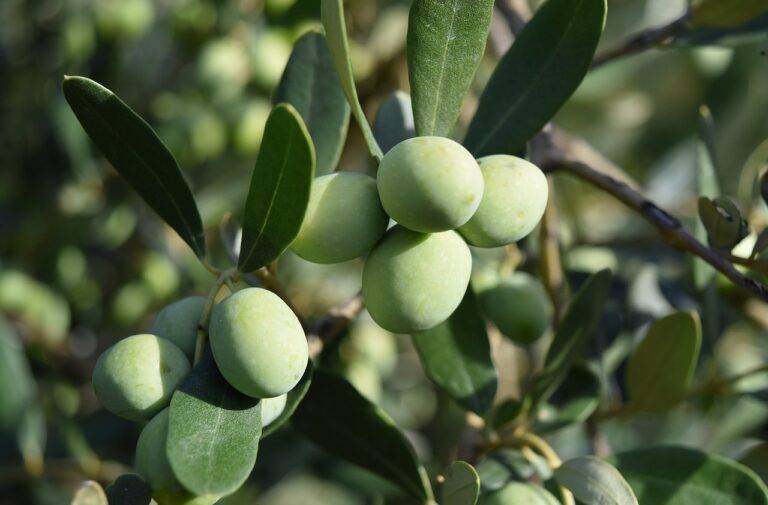The Importance of Water Footprint Reduction in Beverage Production
11x play online, reddy bet, golden777:Water is a crucial resource that is often overlooked in beverage production. From the cultivation of ingredients to the actual production process, water is used extensively throughout every step. As the demand for beverages continues to grow, it is becoming increasingly important for companies to reduce their water footprint in order to preserve this precious resource for future generations.
Importance of Water Footprint Reduction
1. Environmental Impact
One of the most significant reasons for reducing water footprint in beverage production is the environmental impact. Excessive water use can lead to depletion of water sources, which can have devastating effects on ecosystems and communities that rely on these water sources. By reducing water consumption, companies can help minimize their impact on the environment and contribute to sustainable water management practices.
2. Corporate Social Responsibility
Reducing water footprint is also an essential aspect of corporate social responsibility. Consumers are becoming more conscious of the environmental impact of the products they consume, and companies that demonstrate a commitment to sustainability are more likely to attract and retain environmentally conscious consumers. By reducing their water footprint, beverage companies can showcase their commitment to sustainability and enhance their brand image.
3. Cost Savings
In addition to the environmental and social benefits, reducing water footprint can also lead to cost savings for beverage companies. Water is a significant operational cost in the production process, and by implementing water-efficient practices, companies can reduce their water bills and improve their overall profitability. Furthermore, reducing water consumption can also lead to energy savings, as water treatment and distribution require a significant amount of energy.
4. Regulatory Compliance
Regulatory bodies around the world are increasingly implementing stricter regulations on water use and wastewater discharge. By reducing their water footprint, beverage companies can ensure compliance with these regulations and avoid potential fines or penalties. Companies that proactively reduce their water footprint are also more likely to stay ahead of regulatory changes and be better prepared for future requirements.
5. Long-term Sustainability
Ultimately, reducing water footprint in beverage production is essential for long-term sustainability. As water scarcity becomes an increasingly prevalent issue, companies that prioritize water stewardship will be better positioned to weather potential water shortages in the future. By reducing water consumption and implementing water-efficient practices, companies can ensure the long-term sustainability of their operations and contribute to a more water-secure future for all.
Best Practices for Water Footprint Reduction
1. Efficient Irrigation Practices
Many beverage ingredients, such as fruits and grains, require significant amounts of water for cultivation. By implementing efficient irrigation practices, companies can reduce water consumption at the agricultural stage of production. Drip irrigation systems, soil moisture sensors, and rainwater harvesting are all effective ways to optimize water use in agriculture.
2. Water Recycling and Reuse
Water recycling and reuse are key strategies for reducing water footprint in beverage production. By treating and reusing wastewater from production processes, companies can significantly reduce their overall water consumption. In addition to reducing water footprint, water recycling can also help companies save on wastewater treatment costs and minimize their environmental impact.
3. Water-Efficient Production Processes
Optimizing production processes for water efficiency is another critical aspect of reducing water footprint. Implementing water-saving technologies, such as low-flow washdown nozzles, closed-loop cooling systems, and water-efficient cleaning practices, can help companies minimize water use in their operations. Conducting regular audits and assessments of water use can also help identify opportunities for improvement.
4. Supply Chain Collaboration
Collaborating with suppliers and partners throughout the supply chain is essential for reducing water footprint in beverage production. By working together to implement water-saving practices and technologies, companies can create a more water-efficient supply chain. Engaging with suppliers to promote sustainable water management practices can help ensure that water stewardship is prioritized across the entire value chain.
5. Stakeholder Engagement
Engaging with stakeholders, including employees, customers, and local communities, is crucial for driving water footprint reduction efforts. By raising awareness about the importance of water stewardship and involving stakeholders in decision-making processes, companies can foster a culture of sustainability within their organization. Encouraging employee participation in water conservation initiatives and soliciting feedback from customers can also help companies identify new opportunities for reducing water footprint.
FAQs
1. How can companies measure their water footprint in beverage production?
Companies can measure their water footprint by conducting a water footprint assessment, which involves calculating the total amount of water used throughout the production process. This assessment includes not only direct water use in production facilities but also indirect water use in the supply chain. There are several tools and methodologies available for conducting water footprint assessments, including the Water Footprint Network’s Water Footprint Assessment Manual.
2. Are there any certification programs for water stewardship in beverage production?
Yes, there are several certification programs available for companies looking to demonstrate their commitment to water stewardship in beverage production. The Alliance for Water Stewardship (AWS) standard is one such certification program that helps companies assess and improve their water stewardship practices. The AWS standard provides a framework for implementing sustainable water management practices and achieving certification as a water stewardship organization.
3. What are the potential barriers to reducing water footprint in beverage production?
Some potential barriers to reducing water footprint in beverage production include cost constraints, lack of awareness about water stewardship practices, and resistance to change within organizations. Companies may also face challenges related to water availability, water quality, and regulatory requirements that make it difficult to implement water-saving initiatives. Overcoming these barriers requires strong leadership, collaboration with stakeholders, and a commitment to continuous improvement in water stewardship practices.
4. How can consumers support water footprint reduction in beverage production?
Consumers can support water footprint reduction in beverage production by choosing products from companies that demonstrate a commitment to sustainability and water stewardship. By purchasing beverages from companies that prioritize water efficiency and conservation, consumers can help drive demand for more environmentally friendly products. Additionally, consumers can raise awareness about the importance of water stewardship and encourage companies to adopt water-saving practices through social media, petitions, and other advocacy efforts.
Conclusion
Reducing water footprint in beverage production is a critical step towards creating a more sustainable and water-secure future. By implementing water-efficient practices, companies can minimize their environmental impact, enhance their brand image, and improve their bottom line. Water stewardship is not only a responsible business practice but also a necessary one in the face of increasing water scarcity and regulatory pressure. By prioritizing water footprint reduction, beverage companies can play a vital role in safeguarding this essential resource for generations to come.







